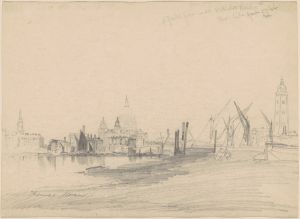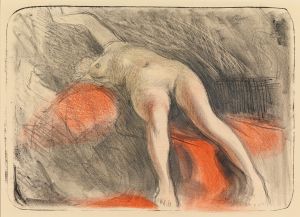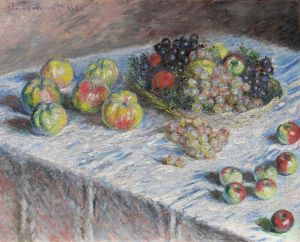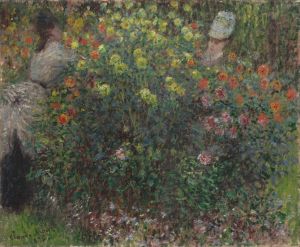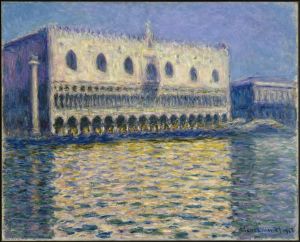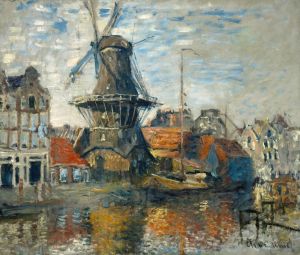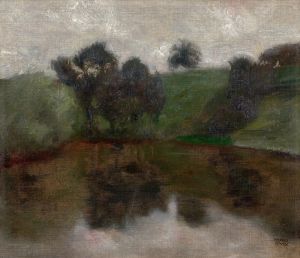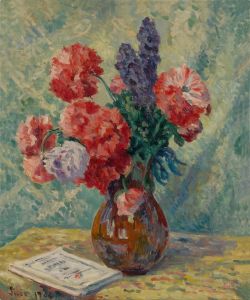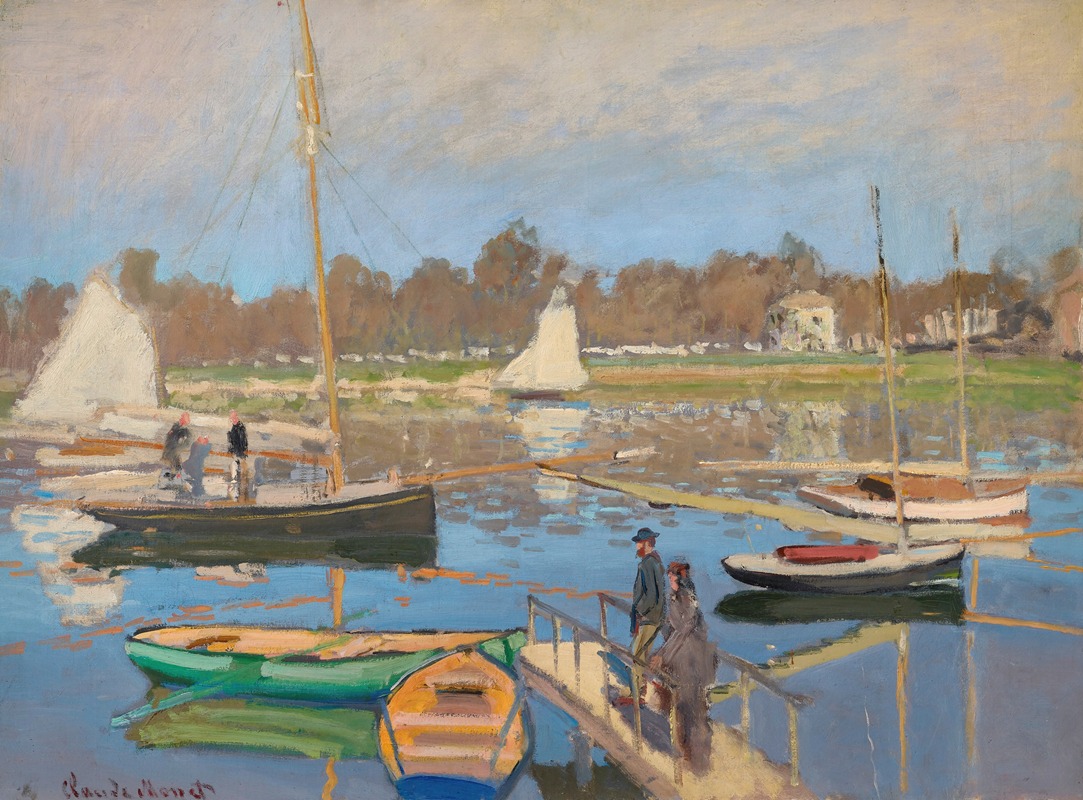
Le bassin d’Argenteuil
A hand-painted replica of Claude Monet’s masterpiece Le bassin d’Argenteuil, meticulously crafted by professional artists to capture the true essence of the original. Each piece is created with museum-quality canvas and rare mineral pigments, carefully painted by experienced artists with delicate brushstrokes and rich, layered colors to perfectly recreate the texture of the original artwork. Unlike machine-printed reproductions, this hand-painted version brings the painting to life, infused with the artist’s emotions and skill in every stroke. Whether for personal collection or home decoration, it instantly elevates the artistic atmosphere of any space.
Le bassin d’Argenteuil is an oil painting created by the French Impressionist artist Claude Monet in 1872. This artwork is one of Monet's many depictions of the Seine River and its surroundings, showcasing his fascination with light, water, and the interplay of natural and man-made elements. The painting reflects the Impressionist movement's focus on capturing fleeting moments and the effects of light on the landscape.
The scene in Le bassin d’Argenteuil portrays a tranquil view of the Argenteuil Basin, a section of the Seine River near the town of Argenteuil, located just outside Paris. During the 19th century, Argenteuil was a popular destination for Parisians seeking leisure and recreation, particularly for boating and other water activities. Monet lived in Argenteuil from 1871 to 1878, and the town became a significant source of inspiration for his work during this period.
In the painting, Monet uses loose, fluid brushstrokes to depict the shimmering surface of the water, the boats moored along the riverbank, and the surrounding vegetation. The composition captures the serene atmosphere of the scene, with reflections of the sky and boats dancing on the water's surface. The use of vibrant colors and the emphasis on light and shadow are characteristic of Monet's Impressionist style.
Le bassin d’Argenteuil is notable for its ability to convey a sense of immediacy and movement, as if the viewer is experiencing the scene in real time. Monet's innovative approach to painting en plein air (outdoors) allowed him to observe and record the changing effects of light and weather directly from nature, a hallmark of the Impressionist movement.
The painting is housed in the Musée d'Orsay in Paris, France, which holds an extensive collection of Impressionist and Post-Impressionist masterpieces. It remains an important example of Monet's work during his time in Argenteuil and a testament to his ability to capture the beauty of everyday life through his unique artistic vision.






